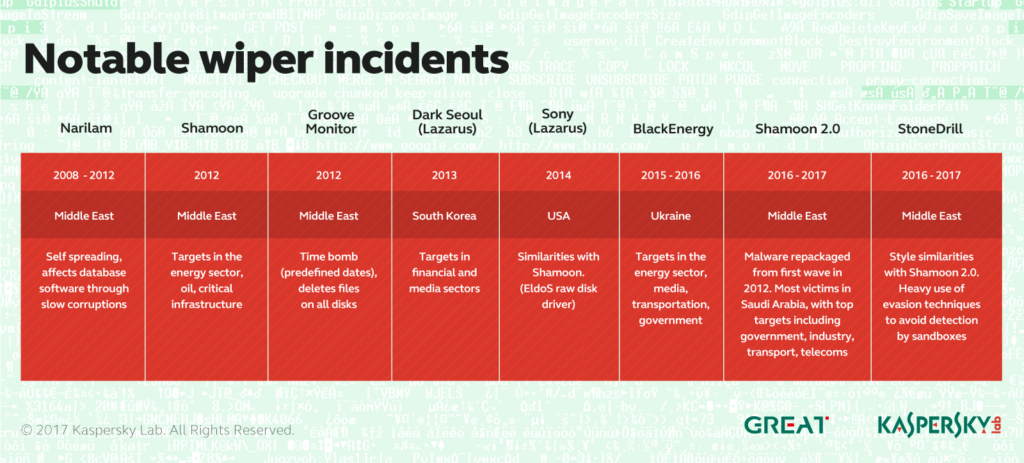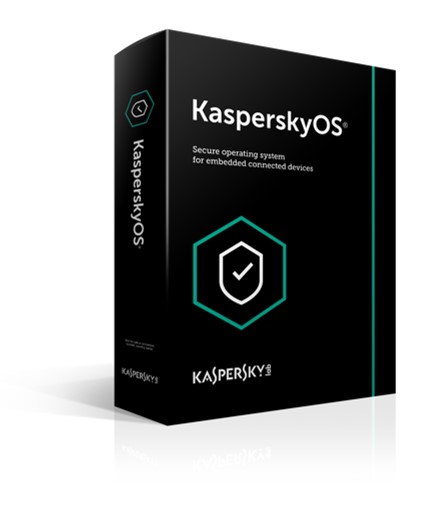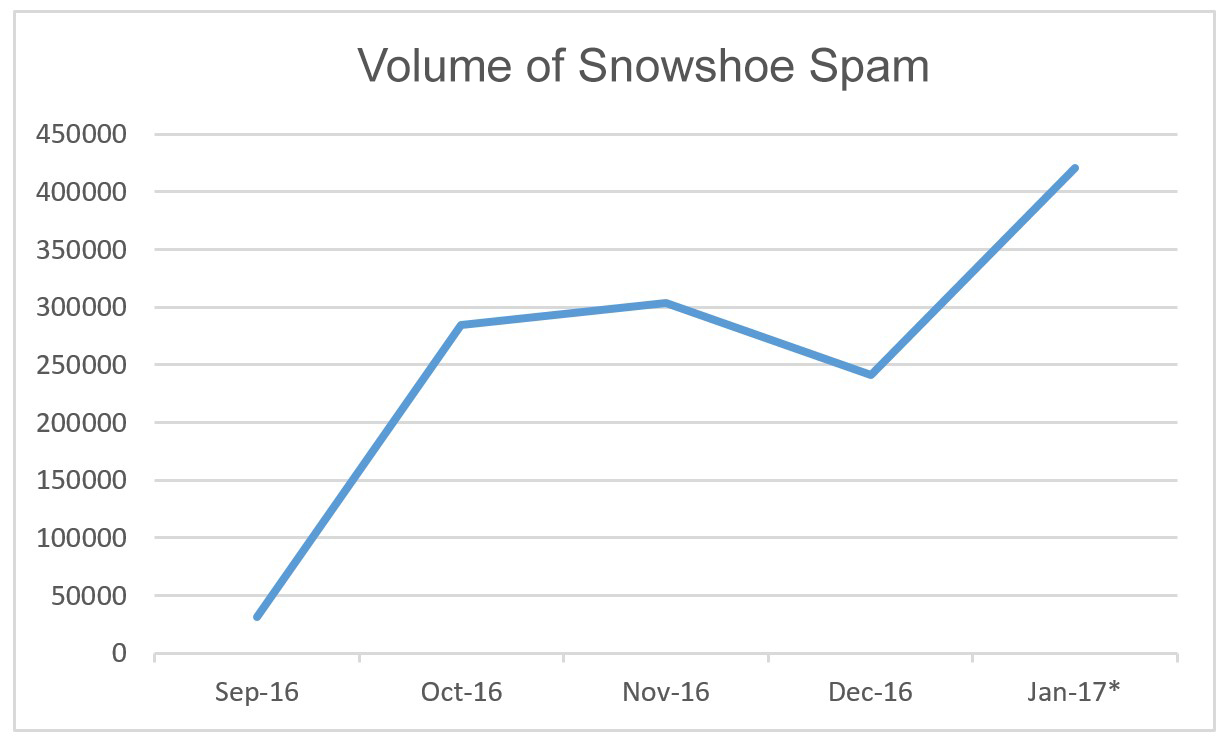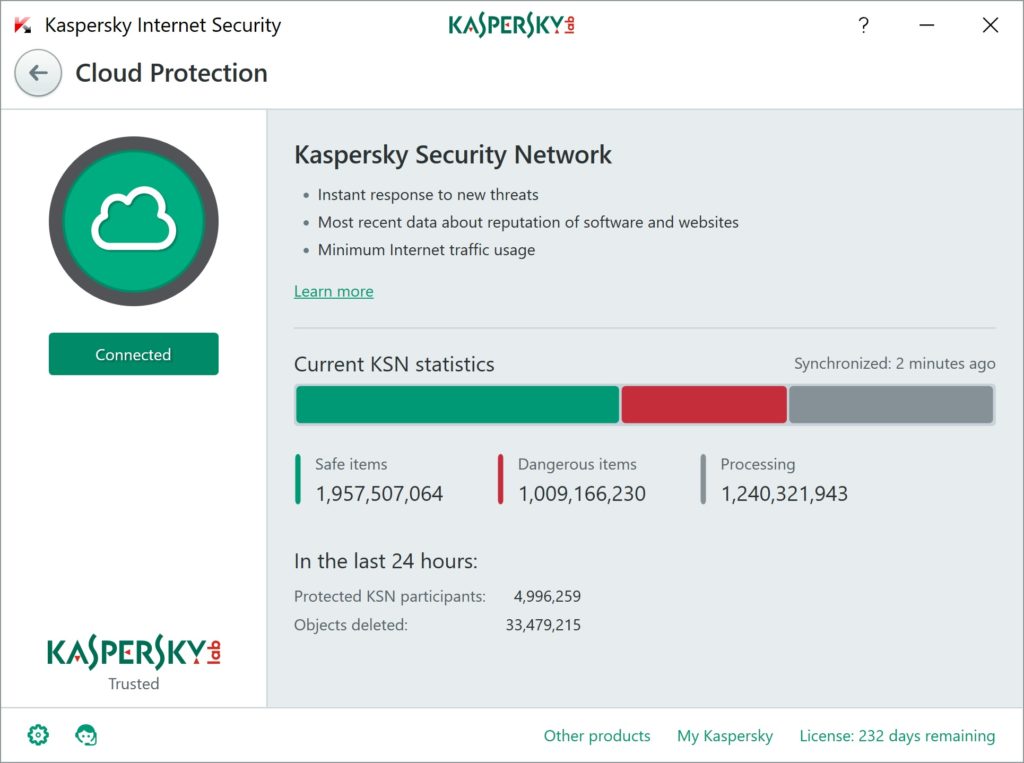June 30, 2017
Keeping Cybersecurity Separate from Geopolitics.
Last week, Kaspersky Lab was in the spotlight again in another ‘sensational’ news stream.
I say ‘again’ as this isn’t the first time we’ve been faced with allegations, ungrounded speculation and all sorts of other made-up things since the change of the geopolitical situation a few years ago. With the U.S. and Russia at odds, somehow, my company, its innovative and proven products as well as our amazing employees are repeatedly being defamed, given that I started the company in Russia 20 years ago. While this wasn’t really a problem before, I get it– it’s definitely not popular to be Russian right now in some countries.
For some reason the assumption continues to resonate that since we’re Russian, we must also be tied to the Russian government. But really, as a global company, does anyone seriously think we could survive this long if we were a pawn of ANY government? Our whole business is based on one thing – besides expertise – and that’s trust. Would we really risk our whole business by undermining our trustworthiness?
Especially given that the best non-Kaspersky Lab security researchers (hackers) are constantly scouring our code/products to find and report vulnerabilities. In fact, we even have a public bug bounty program, where we pay researchers to examine our products and search for any issues or possible security concerns. If there was anything suspicious or nefarious to find, they would have publicly shouted it to the roof tops by now.
Read on: Five destructive repercussions of a technology sanctions game…






![YOU CAN NEVER GET TOO MANY AWARDS. SEE 1ST COMMENT FOR ENGLISH ⏩
"А из нашего окна страна Австрия видна!" - практически (с). Но в этих австриях я был не смотреть из окна, а по многочисленным деловым делам, первое из которых - лично получить несколько важных наград и множество сертификатов от независимой тестовой лаборатории AV-Comparatives.
Это далеко не первая наша награда. Скажу больше - на протяжении последних десяти лет по результатам независимых тестов к нам даже близко ни один конкурент не подобрался. Но почему тогда такое внимание конкретно к этой победе? Ответ простой: густопопсовый геополитизм. В наше весьма геополитически [очень мягко говоря] непростое время... Ну, если отбросить все казённые слова, то будет, как в известном анекдоте про поручика Ржевского. В той самой истории, когда ему указали повторить свою фразу без матерщины. На что тот ответил: "Ну, в таком случае я просто молчал".
Так вот, в наше "поручико-ржевско-молчаливое время" участвовать и получить первые места в европейских тестах - это за пределами научной и ненаучной фантастики. Что в целом совпадает с одной из основных парадигм моей жизни: "Мы делаем невозможное. Возможное сделают и без нас" (с). Большими трудами и непомерными усилиями - да! Это можно! Мы заделали такие продукты, такие технологии, такую компанию - что даже в непростое время нас и в Европах знают, уважают, любят и пользуются. Ура!](https://scontent-iad3-2.cdninstagram.com/v/t51.29350-15/430076034_1096357205018744_692310533755868388_n.heic?stp=dst-jpg&_nc_cat=103&ccb=1-7&_nc_sid=18de74&_nc_ohc=XLII-tX29aoAX80SM4u&_nc_ht=scontent-iad3-2.cdninstagram.com&edm=ANo9K5cEAAAA&oh=00_AfBINCtkZ3-r_aTvdSC36JELI05V6PuBnMWs672PK3GsBQ&oe=65E63D48)











